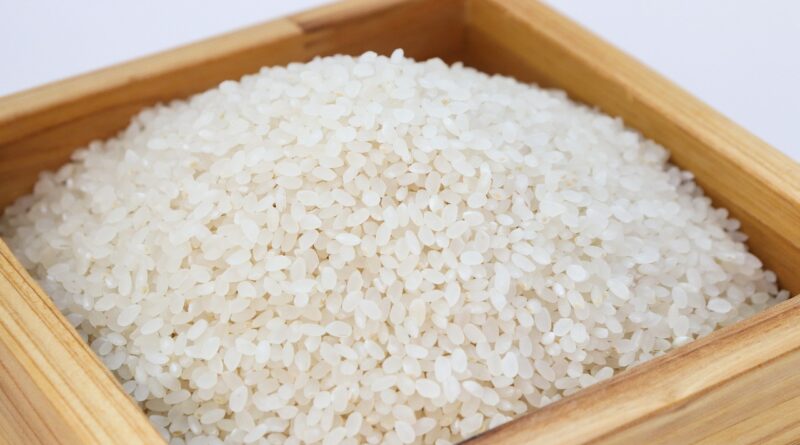India bars domestic rice exporters from UN food relief tender funds
By Puja Das
India will not grant permission to domestic rice exporters to participate in United Nations World Food Program (WFP) tenders, a senior official told Mint, a move that risks stoking global food security concerns.
This is the first time New Delhi has taken such a measure, which is yet to be announced publicly.
India’s stand is guided by its effort to ensure domestic food security and check inflation, this official said, and comes against the backdrop of WFP, the world’s largest humanitarian organization, recently inviting tenders for broken rice supplies to Spain, Cameroon, Togo and Algeria.
WFP provides food relief to populations hit by conflict, disaster and the impact of climate change.
“WFP has recently invited tenders for the supply of broken rice to four countries–Spain, Cameroon, Togo and Algeria and therefore, DGFT (Directorate General of Foreign Trade) has received representations to allow Indian rice exporters to participate in the tender process,” the official cited above said.
“Bilateral export at the government-to-government level, of select commodities for humanitarian purposes, is already in place. After a long deliberation, it was decided that at present, permission to participate in the WFP tender process may not be granted, and bilateral exports on a case-by-case basis may be continued considering the export ban in place amid India’s priority to ensure food security.”
India imposed a ban on broken rice exports in September 2022 and on non-basmati white rice in July 2023 to augment the domestic supply and keep inflation in check after patchy monsoon rains sparked worries over lower rice output.
Mint in August reported that the WFP had sought 200,000 tonnes of rice for its humanitarian operations from India, the largest exporter of the commodity, citing “catastrophic levels” of global food insecurity triggered by the covid-19 pandemic and the Ukraine war.
Since the export ban, India has supplied rice to needy nations and its key strategic partners, but on a case-by-case basis.
Several African nations are heavily dependent on rice imports from India. Togo imported a substantial 88% of its rice from India last year. Benin, the largest global importer of Indian broken rice, procured 61%, while almost half of Senegal’s imports of the grain originated from India.
“India’s rice export ban reflects a consumer-oriented bias in its food policy, impacting the global rice supply and prices, especially in Asia and South Africa. Despite this, India has increased rice exports to needy countries like Nepal and Bhutan through bilateral agreements,” said Amarnath Tripathi, associate professor of economics at Jaipuria Institute of Management in Noida.
“Domestically, the ban helps control rice prices and highlights the necessity to reduce paddy cultivation due to declining water tables. A balanced approach is crucial to protect consumer and farmer interests while conserving water resources. Notably, basmati rice, accounting for nearly half of India’s exports, remains unaffected by the ban, .minimizing the global impact of the rice export ban.”
Queries sent to the spokesperson of WFP in New Delhi, the commerce and industry, consumer affairs, food and public distribution departments and external affairs ministries remained unanswered at press time.
Prime Minister Narendra Modi, in his Independence Day speech last year, pledged to curb inflation in remarks made months ahead of general elections due in April-May this year. The International Monetary Fund also encouraged India to lift its rice export bans due to their global inflationary impact.
However, New Delhi said these measures were necessary to ensure adequate domestic supply and reduce local prices.
While India’s food inflation has moderated, rice is the only product in the cereal basket that continued to weigh on the consumer price index.
In January, food inflation, comprising nearly half the overall consumer price basket, was 8.30%, down from 9.53% in December 2023. However, rice prices were up 13% in January against 12.3% in December and 10.4% in January 2023.
This article has been republished from The Livemint.

